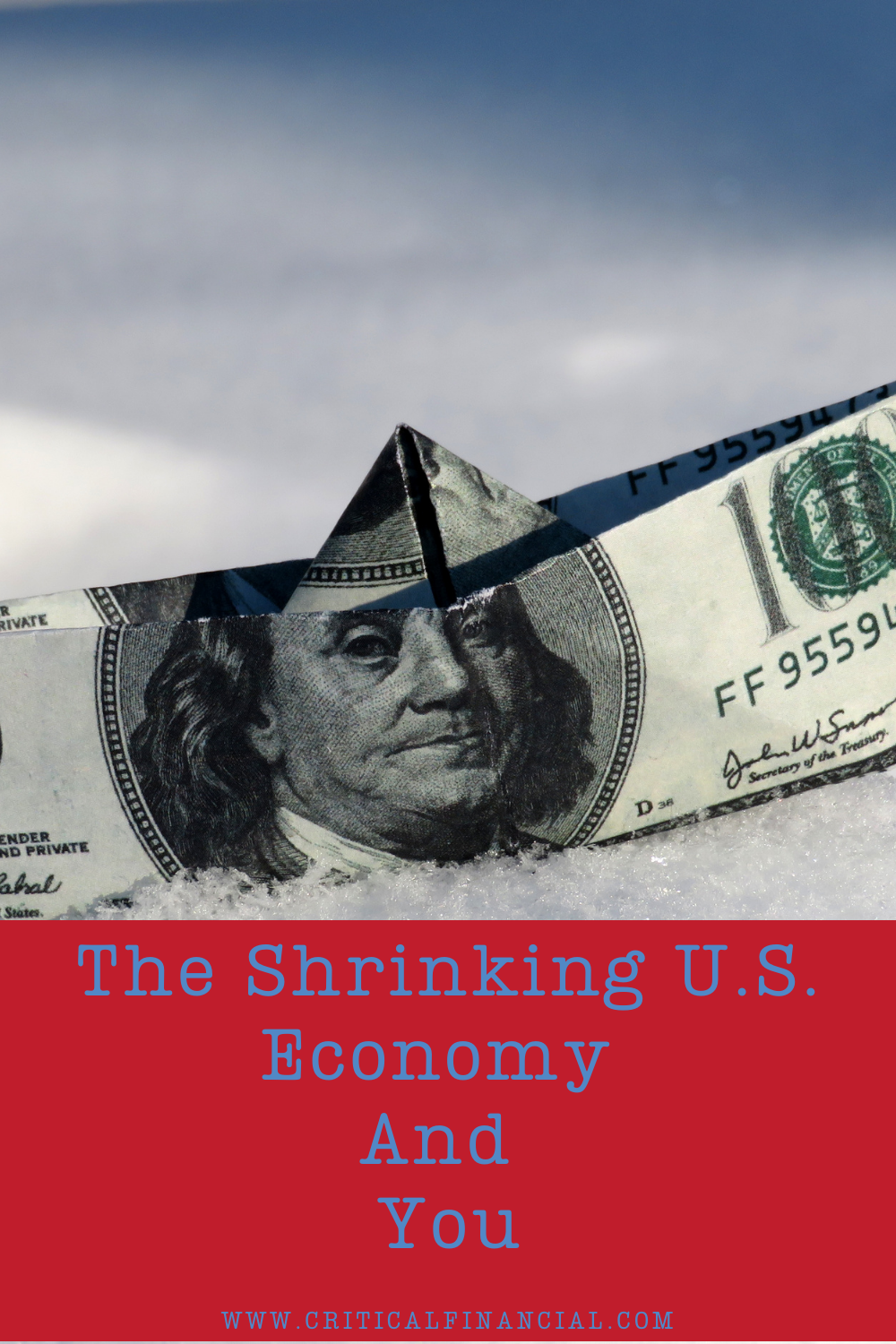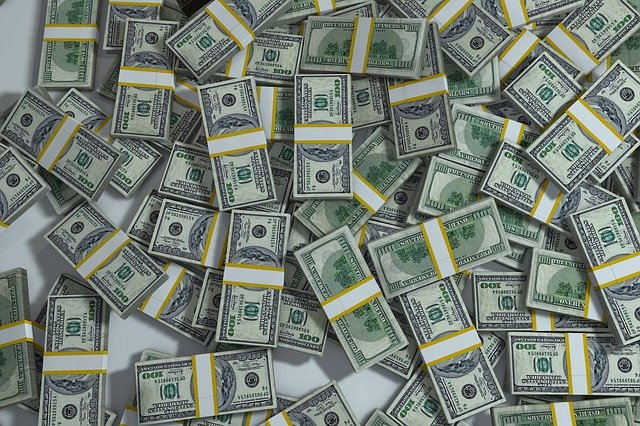
If you are interested in investing, you might be wondering what the July 30, 2020 headlines about the U.S. economy shrinking a whopping 33% (more accurately, 32.9% according to the Associated Press) between April and June really means.
I love how conspiracy theory that line above sounds; there is no conspiracy, just a combination of economic factors that have brewed up a nasty economic storm that respects no political affiliations or election-year histrionics.
The April-June drop is described in many circles as the “worst ever” quarterly drop, with unemployment numbers reported by many news outlets as being 14.7%–more bad news heaped onto the pile.
Some at this stage are crying “fake news”, but saying those two words together in a sentence does NOT change the fact that the federal government itself (via the U.S. Department of Commerce) released figures indicating that this 32.9% drop is indeed the worst ever at press time.
According to government sources (not the news media), the previously “worst ever” drop was ten percent and happened all the way back in 1958. That’s from the U.S. Department of Commerce’s Bureau of Economic Analysis (BEA).
So what does it mean that the economy shrank by such a dramatic amount? You may see Wall Street responding negatively to these reports–but even if a big wave of panic-related selloffs begins happening, what should YOU be doing with YOUR investments? The key is to understand what all this means.
The Gross Domestic Product
The drop is a reduction in the Gross Domestic Product. According to the BEA, “Real gross domestic product (GDP) decreased at an annual rate of 32.9 percent in the second quarter of 2020”. Compare that to the first quarter of 2020 where the GDP went lower by only 5%.
What does it mean to have a lower Gross Domestic Product? In this particular case, it represents a drop in consumer spending. It also represents fewer exports, lower investment in factories, and other spending. If you are getting the idea that the GDP is tied to how the nation buys, sells, invests, and otherwise uses its money, you are getting the picture.
Quarantine Economy: Necessary, But Painful
The coronavirus lockdown seriously impedes “typical” consumer culture. The self-quarantine measures, government restrictions, protests, and other issues present in Q2 2020 mean fewer consumer dollars flowing into the economy. When airline travel is restricted, it means less tourism, exports can be affected (not just major corporations, mind you, but also mom-and-pop online sellers and resellers), and much more.
Some are wondering whether they should be feeling concerned round about now. But if the economic crisis of 2008 is any indication, what consumers–and especially those with money invested that they are now worried about losing–need to do?
What To Do With A Shrinking U.S. Economy
The first step is DO NOT PANIC. Fleeing to withdraw all your funds is a very bad idea. What you need to do is to research what happened in the last recession (yes, America is officially in a recession in spite of what you may hear during press conferences from Washington D.C. (as of June 8, 2020, according to The National Bureau of Economic Research).
The second thing you should do is to get the advice of an experienced economic advisor who can tell you the best approach to take with your particular investments. Don’t give in to the urge to panic and divest–you may wind up divesting some funds regardless but the most important thing to do is to make an INFORMED decision about the best course of action going forward.
Get some expert financial advice and be sure to ask about exit strategies in case your investments do produce actual worry-making results going forward. Be prepared, but not ill-informed.

Joe Wallace is a writer and editor from Illinois. He was an editor and producer for Air Force Television News for 13 years, and has served as Managing Editor for publications including Gearwire.com, and Associate Editor for FHANewsBlog.com. He is also an experienced book and script editor specializing in non-fiction and documentary filmmaking.

